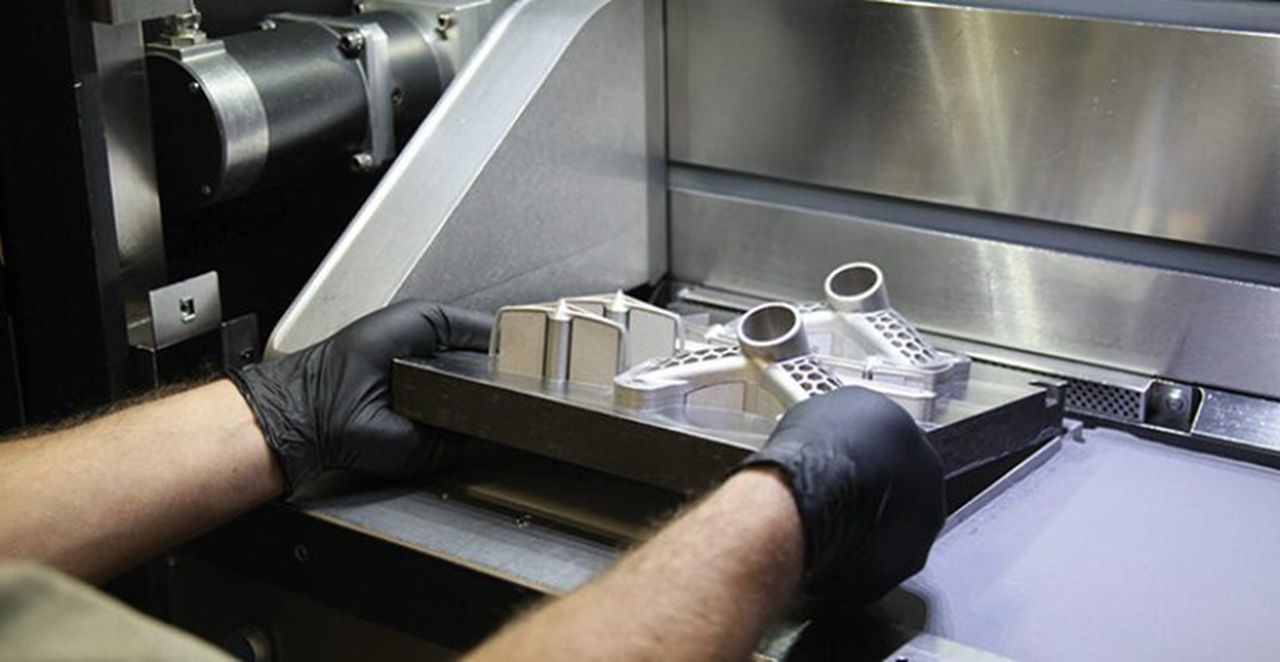
Charles R. Goulding and Preeti Sulibhavi believe there could be increases in additive manufacturing spending by oilfield services.
Three oilfield service companies made record profits in 2022 despite high inflation and a sluggish economy. The three large companies enjoying high profit levels are Halliburton, Schlumberger and Baker Hughes. We have previously covered how offshore drilling can tap into 3D printing. The Big 3 support the oil majors such as Exxon, Shell, Chevron, and BP, who are also experiencing record profits.
Halliburton

Employing approximately 40,000 people, Halliburton had sales of US$20.3B for 2022. This is an increase of 32.7% over the previous year. The wide array of products and services Halliburton offers include drilling, well control, integrated plug and abandonment tools, to name a few. Each of Halliburton’s offerings could be expanded or improved with 3D printed parts and components.
Schlumberger

During 2022, Schlumberger had sales of US$28.10B and employed about 86,000 people. Schlumberger’s subsidiary, Smith Bits, has developed a proprietary tungsten carbine material for their Aegis armor cladding technology that combines innovative materials with electron-beam additive manufacturing (AM) processes. This approach allows Schlumberger to create customized, fit-for-basin bits, and overall improving their customers’ drilling performance.
Baker Hughes
With sales of about US$21.16B for fiscal year 2021 and a team of 54,000 employees, globally, Baker Hughes provides high quality oilfield servicing products. Baker Hughes has invested heavily in 3D printing. Specifically, AM centers are around the globe, from the US to the UK and Europe, from Asia to the Middle East, and investment is growing, with new 3D printers and modalities coming online at speed. “Additive manufacturing is a tool that allows ideas to become reality in a very short time,” Edoardo Gonfiotti, New Technology Introduction Engineer at the Baker Hughes Additive Center of Excellence in Florence, Italy, is quoted as saying.
We have covered GE’s US$9B stake In Baker Hughes on Fabbaloo and how that impacted the 3D printing industry.
The Research & Development Tax Credit
The now permanent Research and Development (R&D) Tax Credit is available for companies developing new or improved products, processes and/or software.
3D printing can help boost a company’s R&D Tax Credits. Wages for technical employees creating, testing and revising 3D printed prototypes can be included as a percentage of eligible time spent for the R&D Tax Credit. Similarly, when used as a method of improving a process, time spent integrating 3D printing hardware and software counts as an eligible activity. Lastly, when used for modeling and preproduction, the costs of filaments consumed during the development process may also be recovered.
Whether it is used for creating and testing prototypes or for final production, 3D printing is a great indicator that R&D Credit eligible activities are taking place. Companies implementing this technology at any point should consider taking advantage of R&D Tax Credits.
Conclusion
With Chevron, BP, ExxonMobil & Shell experiencing record profits, they have the cash flow to invest more in 3D printing technology. This is the time for Big Oil to innovate as they have the resources at their fingertips to do so. The oil industry is a cyclical one and the 3D printing industry should take advantage of its seasonal nature.
